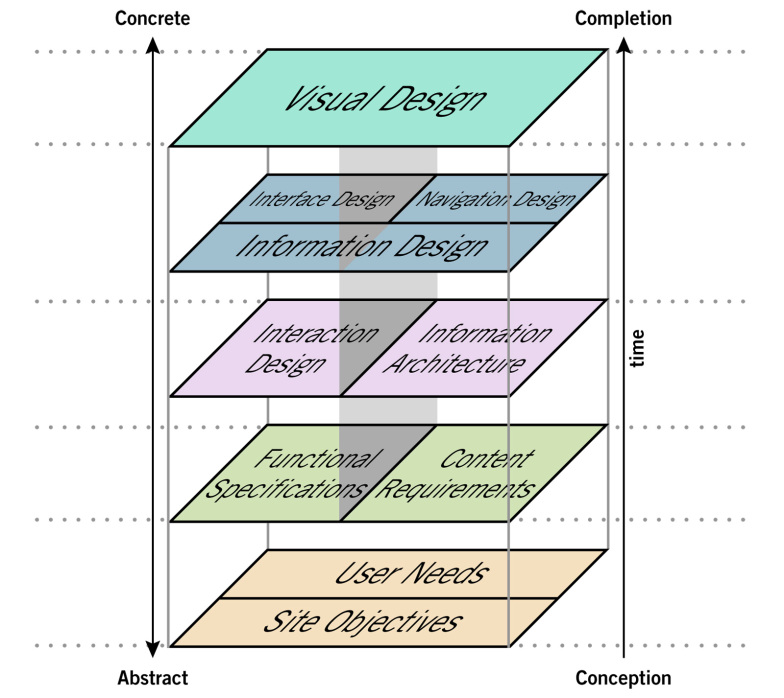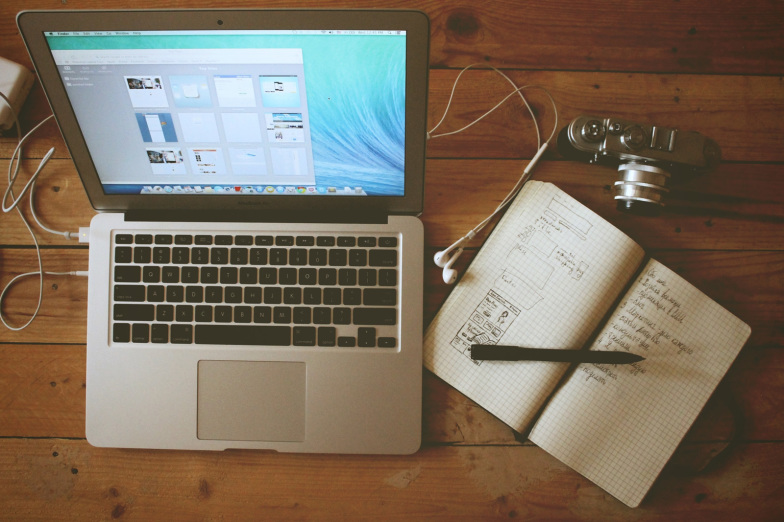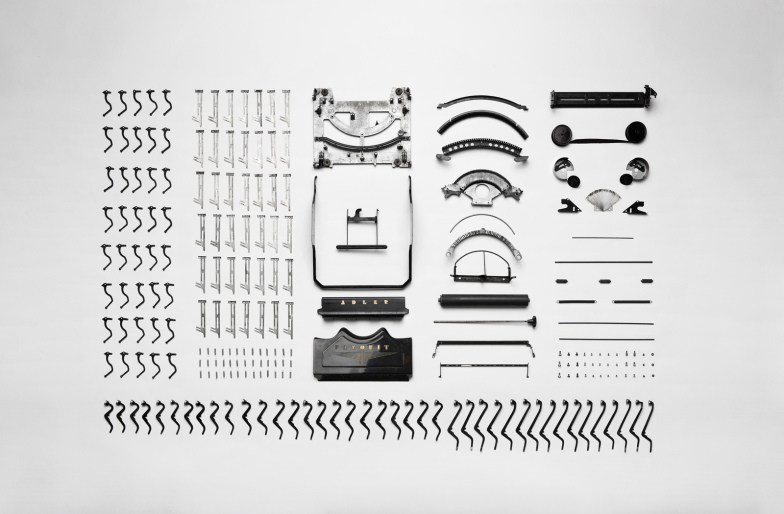What skills do you need to have or search for (if you are someone employing a UX designer)? We offer practical guidance and perspectives.
First, what is UX design?
There are countless definitions of user experience (UX) all over the web, from Wikipedia to experts in the field. Without saying that this is the best definition, I will use Dan Norman‘s since, so the story goes, he was the first to use the term back in 1993 at Apple.
User experience encompasses all aspects of the end-user’s interaction with the company, its services, and its products.
Are you a UX designer?
UX designer as a job title is growing really fast—LinkedIn published an infographic showing that it is now 22 times more common. However, keep in mind that this infographic is somewhat misleading because it throws UI into the same bucket as UX—it’s worth mentioning once again: UX is not the same thing as UI and that fact should not be trivialized.
With UX becoming something of a buzzword, it’s not uncommon for people to declare themselves to be UX designers when really they are UI designers, web designers or graphic designers of another kind. So, how do you even start thinking about hiring a UX designer?
Being broad and interdisciplinary as it is, the UX designer job title encompasses a number of different skills and methodologies. I will try to position them according to Jesse James Garett’s “The Elements of User Experience” poster.

A UX designer must…
- Understand user needs and application (website, mobile app, service, does not really matter at this point) objectives;
- Understand how those needs and objectives are translated into functional specifications and what content requirements future applications will have — a UX designer is actively involved in the process of product development from the earliest stages, way before a single line of code has been written or the first pixel pushed around;
- Understand work flows, user scenarios and, at high level, how the user will interact with the planned features and functionalities—in other words, a UX designer must understand the concepts behind interaction design (IxD);
- Create meaningful wireframes, sketches or prototypes in order to show and describe the structural design and presentation of information while taking into account all previously defined expectations and functionalities—in general we are talking about the ideas and approaches behind information architecture (IA); and
- Apply a visual design toolset to their work, through understanding the concepts behind visual communication, typography, color theory, navigation and all other elements of user interface, grid systems…

However, absolutely paramount in the case of UX designers is excellent communication skills. Often, a UX designer will find themselves positioned between developers, business stakeholders, project managers, end-users… To understand their points of view and to be able to come from user needs and app objectives to the final visual design and representation, communication is a must-have skill. And a rare one!
It’s also great if a UX designer…
- Inclines toward critical thinking and looking for solutions out of their comfort zone;
- Can deliver high-quality deliverables for information architecture, visual design, and prototyping work phases;
- Is open to critique and can be constructive in team environments;
- Has a certain level of social skills and empathy so they understand end-users’ real needs, expectations, and fears, and see users as real, living people who’ll be using the product they are building;
- Is comfortable with basic copywriting and user interface copy elements and can tailor copy and tone to the brand elements and, more importantly, to user expectations by establishing a common frame of reference;
- Has solid technical skills—at least a basic understanding of the development process, different tools used in the process and terms like fold, responsive design, and native apps to concepts of CCS, HTML, JS, to name but a few.
How can you screen for good UX designers? How do you go about hiring a UX designer?
If you are an employer looking to hire a UX designer you might consider asking to see a portfolio. Don’t focus just on visual design quality, though—look past that and into structure, attention to detail, ability to transform user needs and expectation into user interface elements. Ask the person to name you several use cases of the apps / interfaces from their portfolio and what were the biggest challenges in understanding them. See if the person is able to fluently describe those cases—and don’t forget, you are looking for someone with excellent communication skills.

One of my favorite questions is whether there is any way for them to say with certainty that the solution they have created is useful, usable, and effective—how do they know it? While I haven’t yet mentioned them specifically, understanding of usability, user research, and heuristics concepts is a big plus and people who demonstrate those skills are generally people with great potential to be really great UX designers.
Also, you’ll want to ask more personal things—we tend to love and hire people who have hobbies they are passionate about: DIY projects, music, organic food, traveling, biking…
Of course, that will depend on your team values and culture, but whatever those might be, you’ll want to make sure that the person will fit in and, what’s really important, that the person will have something new, refreshing, and energizing to add to the team.
So, it’s not all UX lingo, wireframes and screens—after all, you are hiring a real person, with feelings, emotions, and expectations.
Are you really a UX designer?
Real UX designers are not easy to find. Sure, you can go to a number of job hunting sites and you can screen LinkedIn for people with “UX Designer” in their title, but be wary. People give themselves titles on LinkedIn that are not necessarily accurate descriptions of their skillset.
There is no way that someone without experience in the above-mentioned disciplines can be considered to be a UX designer. Practical work experience is vital in this profession. Ideally, a UX designer would evolve and develop in the position with the help of a mentor and through practical, real-life experience.
It takes time and practice to become a UX designer.
You don’t leave college being one—it’s never your first job. It’s a serious title, requiring a serious skillset and with serious expectations. Naturally, UX designers can (and should!) command serious compensation for their work.
Keep in mind, to become a UX designer you need time and experience. Lots of them. You need experience and knowledge of the disciplines I’ve mentioned earlier. And you need to be willing to keep learning, to adapt to change, to evolve with the market and technology, and to have a real, honest passion for your calling. Or you could just change the job title on your CV on LinkedIn. It’s probably easier that way.